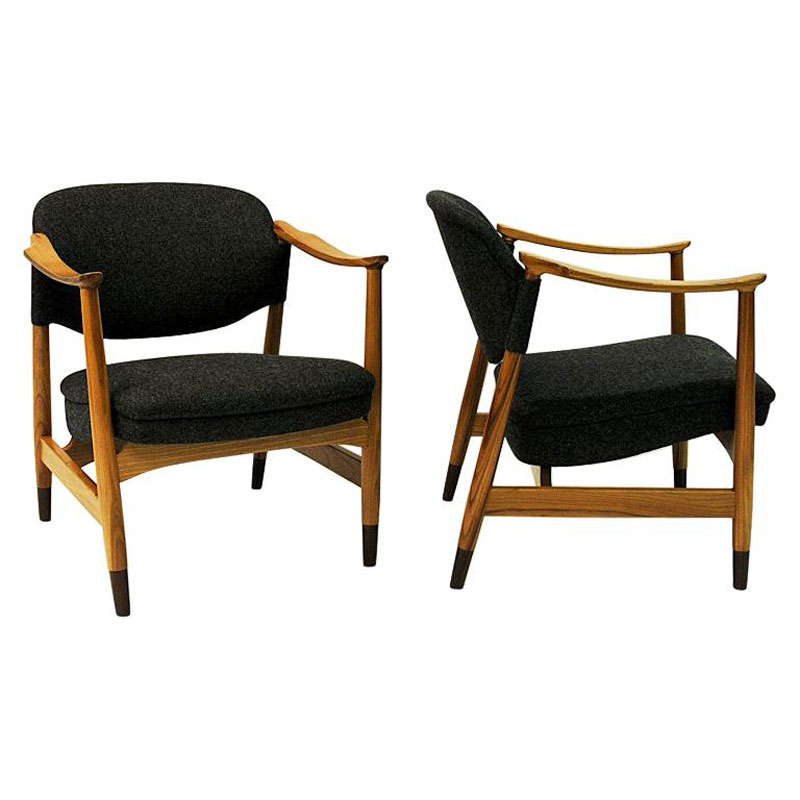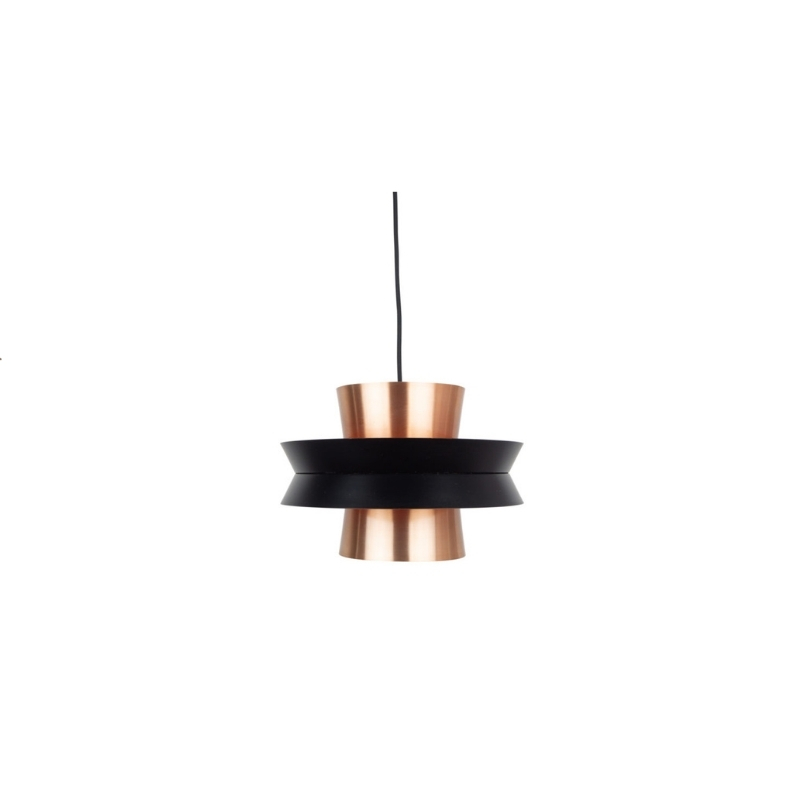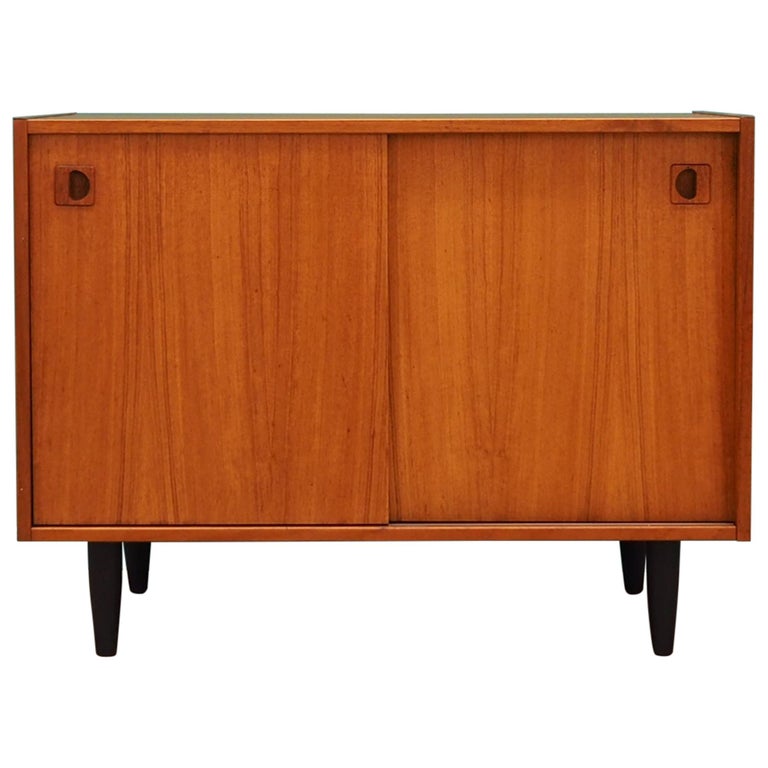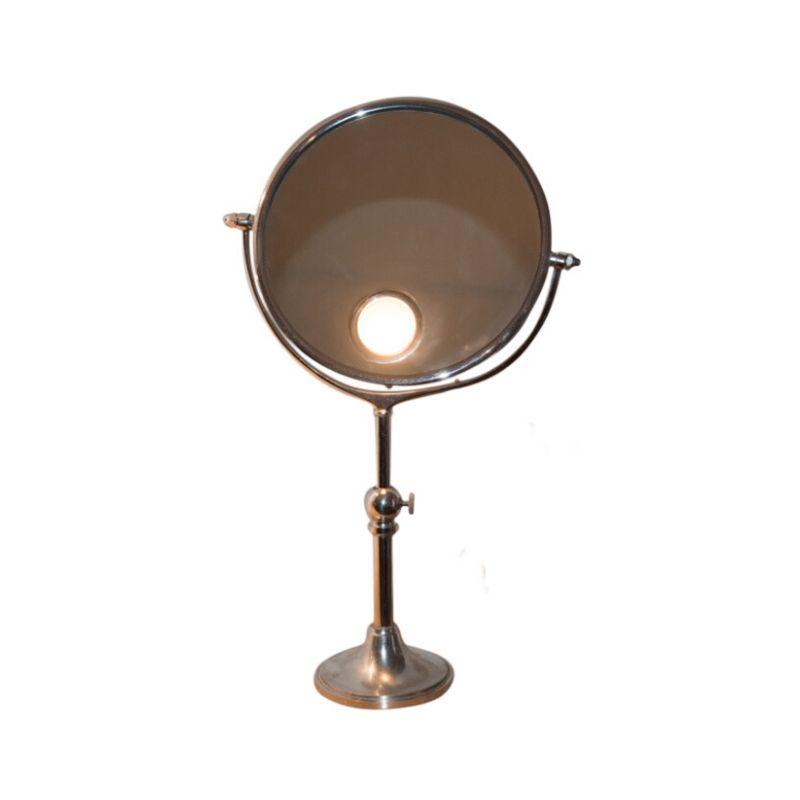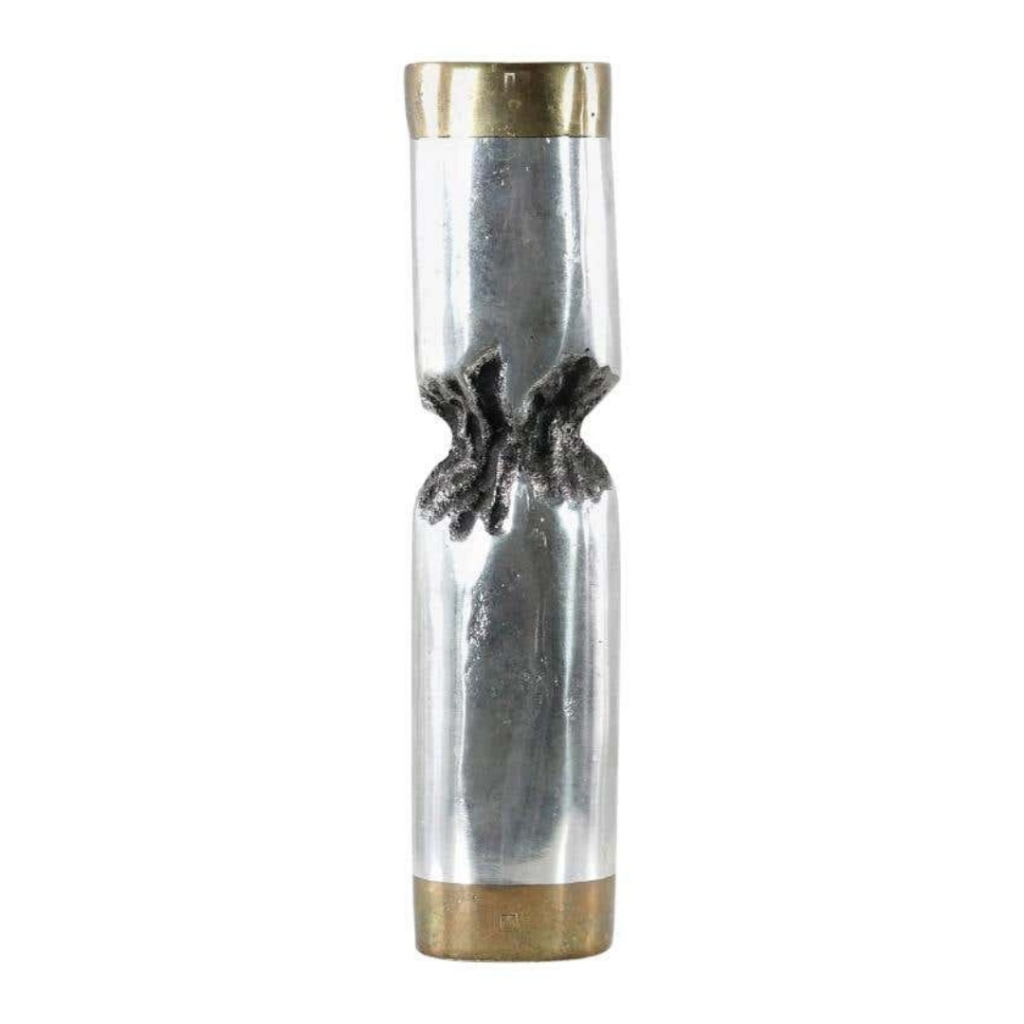So that dresser thread made me think maybe somebody has a solution here? I am inclined to just leave it, as they seem mostly superficial and you can really only tell they are there when you slowly run your hand over the spot... but they still bug me. Stripped and refinished this with, so far, just Teak Oil. Several coats in and considering adding something more protective to the top, but not sure... thoughts on that? It'd most-likely just be to start mixing in some poly.
Anyway, you can't really see them unless you're looking down the table at a low angle against angled light. I have read about drilling holes and injecting glue, making slits and applying heat... the works. Would rather leave 'em alone than cause more of a problem, but maybe somebody has an idea. What sort of glue do you think I'm dealing with?
I guess it doesn't help that I don't have a good picture of them... the main offender is right in the middle, at a seam, about the size of a quarter, maybe a foot away from the short end of the top. Several inches away is another, much smaller bubble that you can only see, not feel. I sanded out a number of scratches on the top here.
If it's hide glue, am I OK to make thin slits and heat it up with an iron? Should I stop being a perfectionist?
Any advice would be awesome, thanks!

I've had pretty good results flattening smallish (under 2" dia.) blisters by slitting them down the middle parallel to the grain with a razor blade and working liquid hide glue as far under both halves as I could with the corner of a piece of paper. Then squeezing out excess glue with finger pressure, wiping the surface mostly clear, and then either weighting or clamping overnight using a piece of waxed paper as a release layer, then a thin pad of felt or dense foam, and, finally, a block of wood between the work and the clamp. Any dried glue squeeze-out remaining on the surface can be cleaned off by carefully rubbing with a rag dampened with warm water.
The free, slit edges of veneer, using this technique, are extremely vulnerable to damage, so appropriate caution is advised.
I've tried reactivating original glue layers under blistered veneer a couple of times using moist heat and pressure with unsatisfactory results, though lore has it that it will sometimes work like magic. YMMV.
Perfectionism can be a curse, mgee. Don't ask how I know this to be true.
Yeah... I'm wary because I've already sanded it, y'know. Making things hard on myself. But it's strange... you don't really hear a difference when tapping the surface, like you would if there were a pocket of some kind. It almost seems as the the bubble is in the substrate, though I realize that is probably not the case.
Having never performed the procedure... were I to make a slit down the middle, as you say, would I then be able to feel and observe the blister depressing, and the surface flattening out? I would imagine so, but I dunno. Possible that I just make a slit and nothing happens, or is that highly unlikely?
Well, if it's a blister, where the veneer has lifted from the substrate, I think you'd be able to detect a void underneath. I suppose, if you've sanded the area thin, there might be a pocket of thicker glue under there. In that case, maybe trying the moist heat method might help to level it somewhat. I've not encountered a similar situation, so I'm not much help here, I'm afraid. I'd go slow, though. Sneak up on it as it were. maybe an electric hair drier to pre-warm the area after nearly saturating it with water and letting that sit for awhile first. It's hard to create a lot of pressure with the flat sole of your typical clothes iron. I have a sturdy little tacking iron with adjustable temp that might be a better choice for this application. More psi. Maybe you could borrow one from somebody?
And, of course, this would only have a chance of working if it is pockets of glue causing the bulges AND the glue can be reactivated or softened. If it's a urea-formaldehyde (which is/was commonly used for veneering), it's a done deal. Nothing's gonna fix it.
Hi there!
Just sling out some decent books and a large ash tray (candy dish) on top shelf..and ignore the imperfections. Embrace bubbles. You have such a lovely table. I would use the bottom shelf to store canned hams for the holidays...and some more books. I like it.
I do,
Aunt Mark
If you need any help, please contact us at – info@designaddict.com



